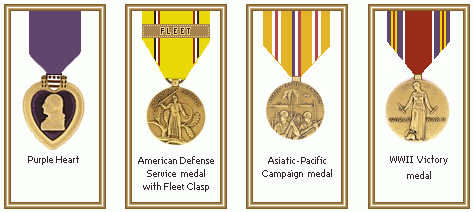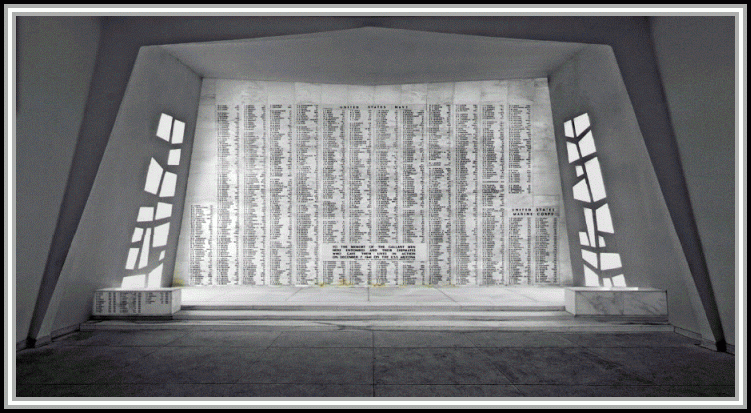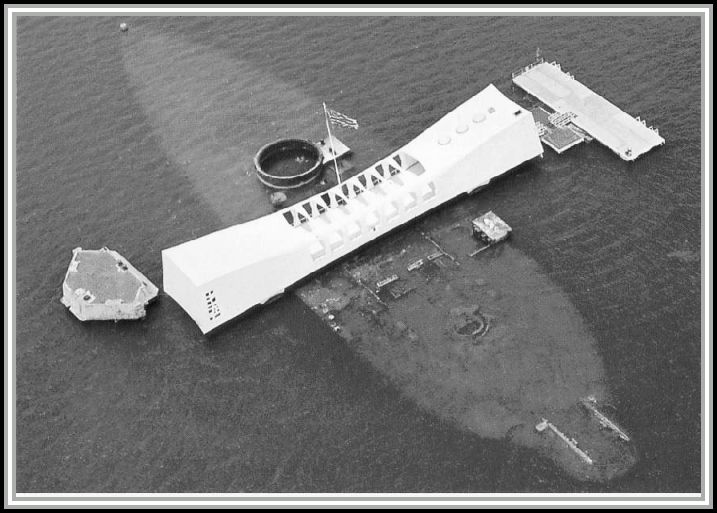Walter Samuel Savage, Jr. was born in New Orleans, Louisiana on 26 April, 1919. Walter was the eldest child followed by his sister, Mary, and younger brother, John.
According to John, "his main passion was music. He had one year of piano lessons when very young, and then he mastered it on his own. He could pick up almost any instrument, and in a little while be playing it. He wanted to pursue music as a career, but Dad convinced him that he would be better off if he studied accounting. He was a very good tennis player, and pretty good golfer. He taught me how to play tennis and golf, and to swim. Also taught me how to kick fieldgoals and extra points over telephone wires in an empty lot. He would have made a good coach."
He was a brilliant student and graduated from high school at the age of thirteen. After taking a two year sabbatical from his studies, he entered Louisiana State University. He graduated in 1938 with a Bachelor of Science Degree. He had just turned nineteen.
At this time, Walter had also passed the Certified Public Accountant (CPA) exam, but had to wait until he was twenty-one years old to get his certificate.
In late 1941, Walter's father, Walter S. Savage, Sr., was offered a colonel's commission in the Quartermaster Corps, since he had been a captain in the Signal Corps during WWI. Mr. Savage had been a practicing Certified Public Accountant for years.
Walter, Jr. insisted that his father had already done his part for his country. He insisted that it was now his turn to serve.
On 10 June, 1941, he joined the Navy and was commissioned an Ensign in the Supply Corps. He was sent to the Navy Supply Corps School at Harvard University where he graduated on 12 September, 1941.
He finished second in his class, and as a reward was assigned to The USS ARIZONA, flagship of the battleship division. Had he finished first or third in his class, he might still be alive today.
He was told to "report to the USS ARIZONA (BB39) for duty as Assistant Paymaster." On 27 October, 1941 Ensign Savage set foot on his first and last ship. He acted as the ARIZONA'S Assistant Paymaster for two pay periods prior to the Japanese attack which took not only his life, but the lives of 1,777 other shipmates as well. He was not quite 23 years old. He would remain an Ensign forever on a ship that became a commissioned tomb for all who perished within it's hull.
The only tangible evidence left of Ensign Savage is his name, which is inscribed, along with those of other shipmates killed in the attack, on a long bronze scroll within the USS Arizona Memorial.
Walter S. Savage, Jr.
SECTION 1.
Close-up photograph of Walter Savage's name on scroll.
Medals earned by Ensign Savage
SECTION 1. CONTENTS
Photograph of marble scroll at the USS Arizona Memorial.
USS ARIZONA Memorial
Inscription on the rememberance wall at the USS Arizona Memorial.



